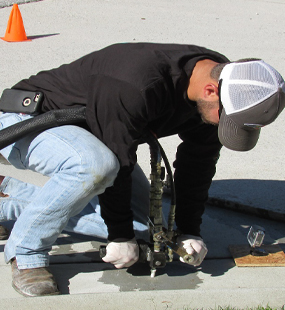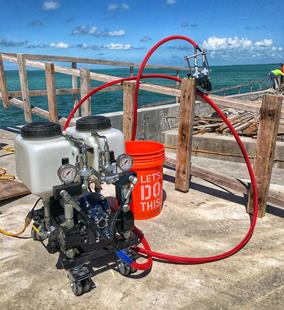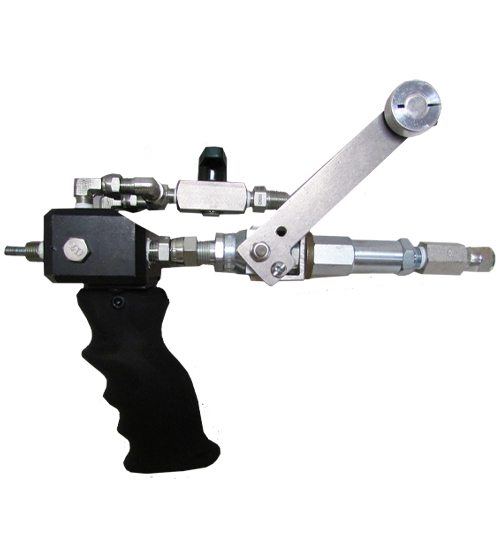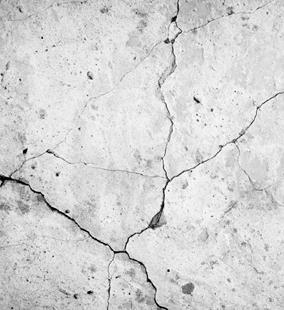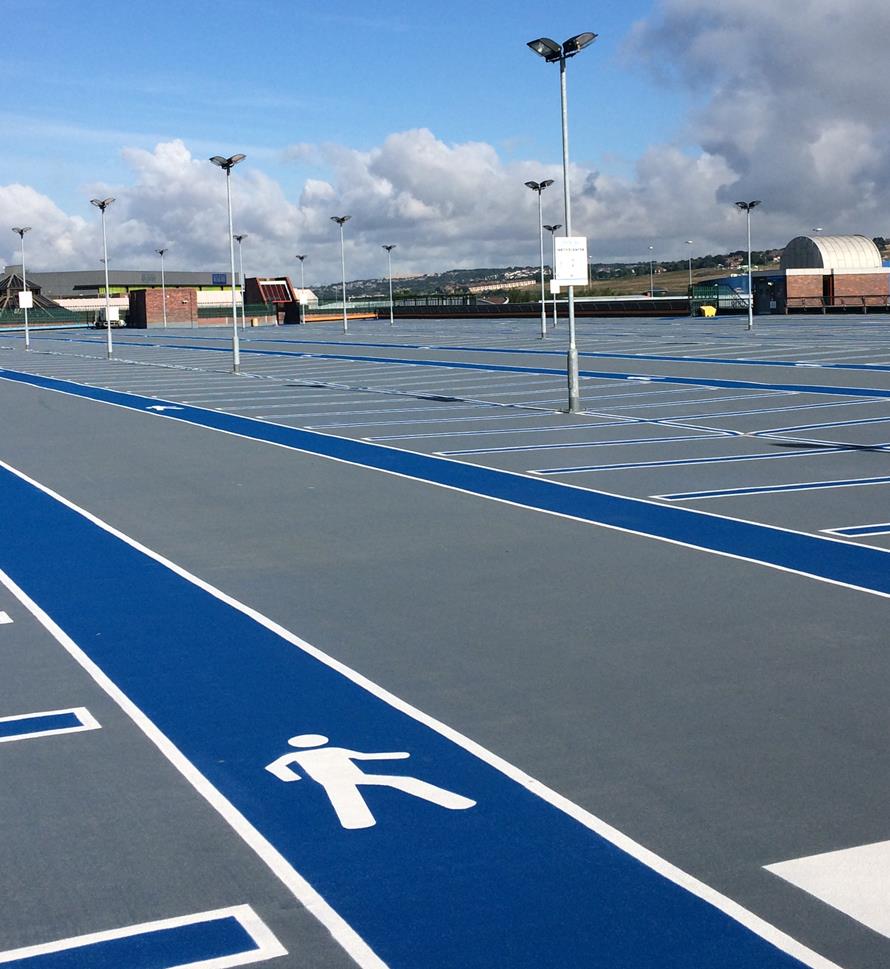
- Home
-
Solutions
-
Leak Seal
Seal leaks in concrete or masonry with crack injection and curtain grouting of our Prime Flex polyurethanes and AR acrylate resins. Prime Resins offers superior solutions for stopping leaks in every type of environment.
Read More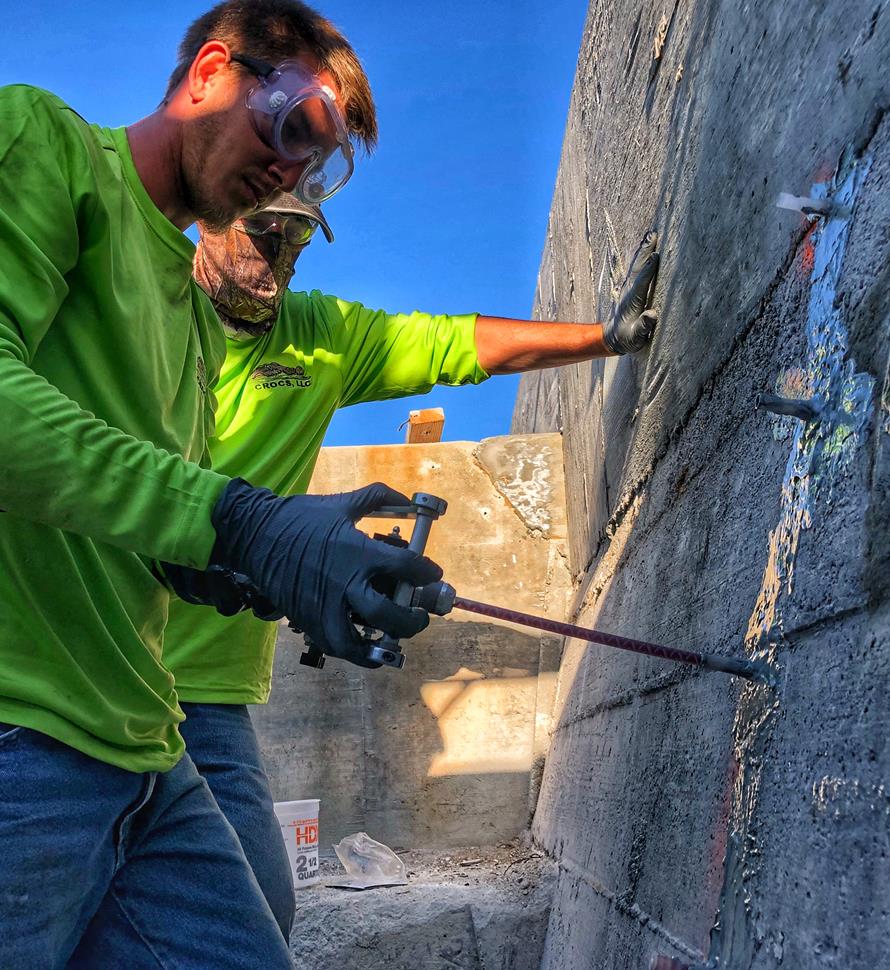
-
Soil Stabilization
Sound concrete relies on a sound substrate. Stabilize soils and fill voids with our polyurethane and acrylate foams and gels. We make chemical grouts for permeation and compaction grouting in wet and dry conditions.
Read More
-
Slab Lifting & Stabilization
Slab lifting and slab stabilization with polyurethane foams offers many advantages over traditional mudjacking. Only Precision Lift is engineered to tackle underlying issues and slab lifting with precise, dependable results.
Read More
-
Floor Repair & Joint Protection
Spalled concrete is concrete that is chipped, cracked and deteriorating. This often happens at a joint.
Read More
-
Seawall Repair
You can repair a seawall or bulkhead with Prime Resins chemical grouts: fill voids, stabilize loose soil and seal leaks at a fraction of the cost of wall replacement.
Read More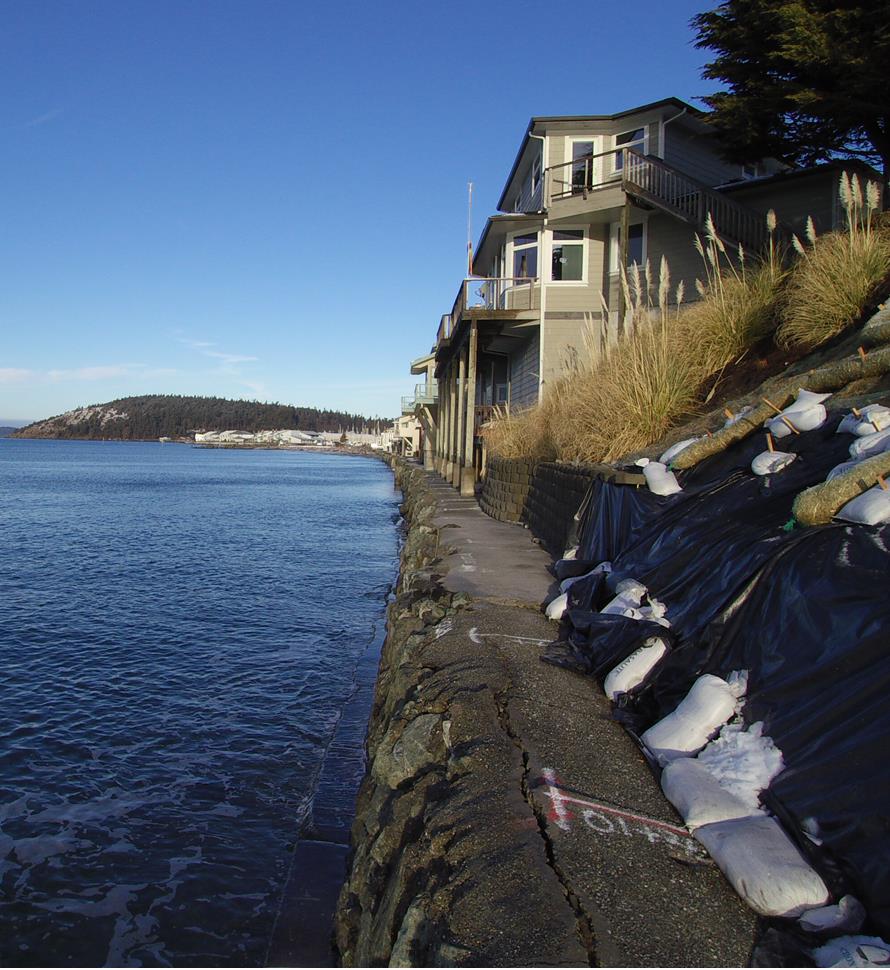
-
Structural Repair / Bonding & Anchoring
The need for crack repair in concrete structures can be caused by many different factors. Damage can occur to the concrete in situations where direct impact puts stress on one area of the structure.
Read More
-
Highway & Bridge
The geotechnical needs of DOTs and other agencies responsible for roads and bridges are vast. Issues include: Culvert repair Soil stabilization Void filling Concrete slab lifting Sinkhole remediation Slope control Slough control in tunneling
Read More
-
Waterproofing & Secondary Containment
Protecting concrete usually means shielding it from the elements of nature or from harsh manmade chemicals. But it’s not just concrete that needs such protection. Corrugated metal pipe, steel surfaces, material hoppers, rail cars and masonry all can come in contact with corrosive or abrasive materials or harsh conditions.
Read More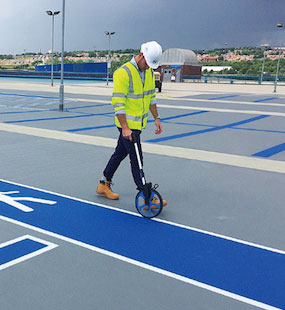
-
Leak Seal
-
Products
-
Leak Repair
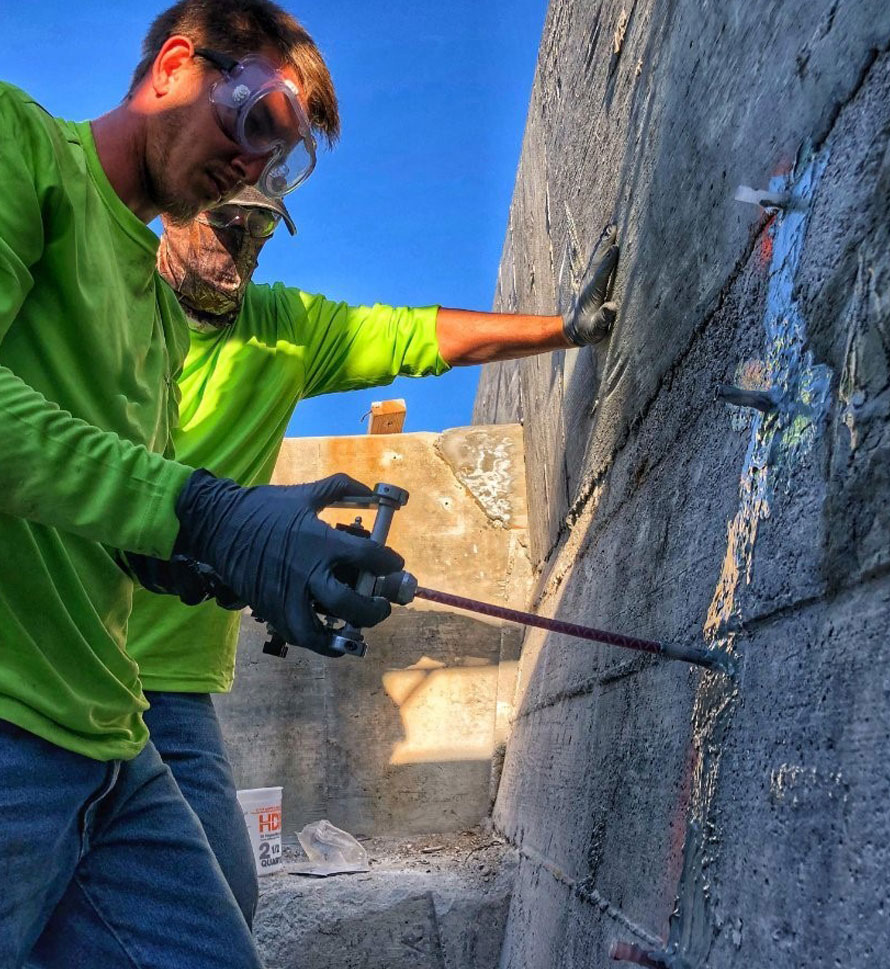
-
Soil Improvement
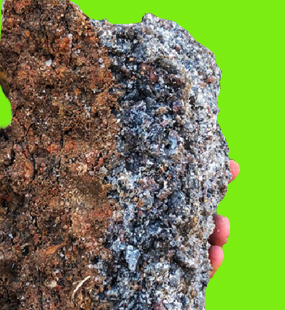
- Soil Stabilization
- Slab Lifting
- Structural Repair / Bonding & Anchoring
- Pumps
- Dispense Guns & Applicators
-
Turnkey Trailer Rig
Are you ready to hit the ground running doing concrete leveling with polyurethane foam? Prime Resins offers the industry’s best suite of products for lifting concrete as a turnkey, fully equipped trailer rig.
Read More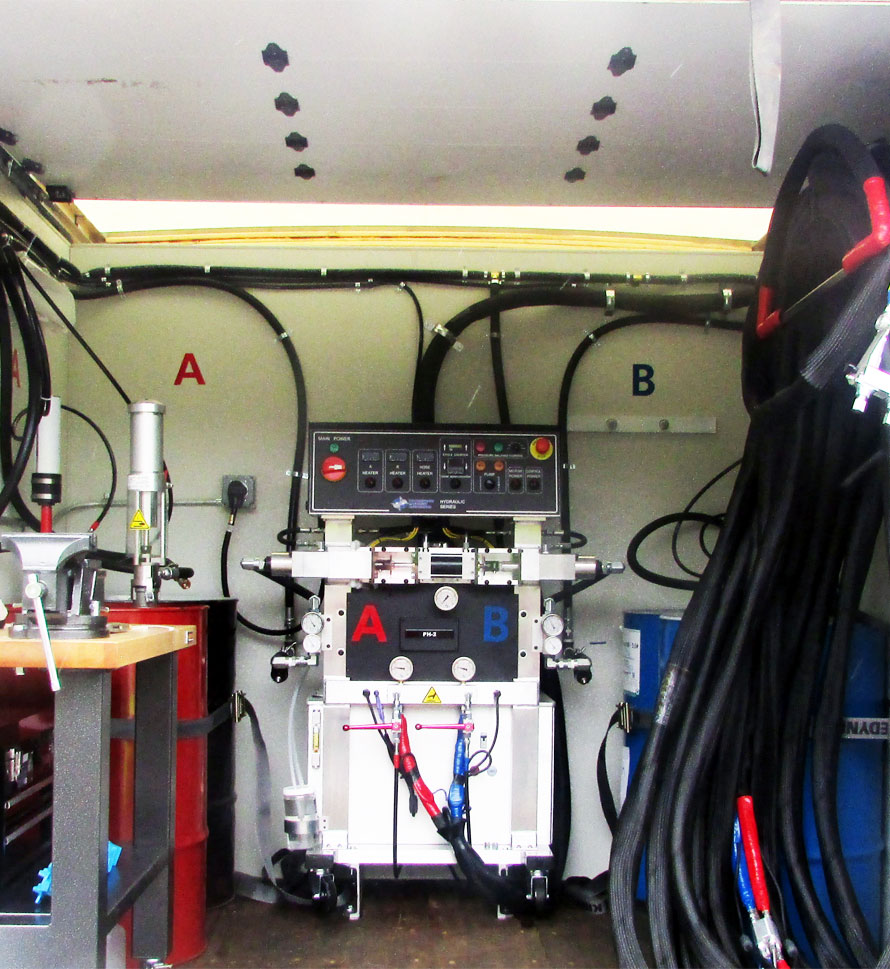
-
Accessories (General)
- 3/4" expendable drive point
- 3/8" and 3/4" soil probes
- Cartridge / Port Connectors and Mixers
- Conduit Seal Kit
- DM500 Divorced Mix Manifold
- Eco Flush
- F Valve
- Flush Wand
- Grout Needle Kit
- High Pressure Control Valve
- High Pressure Mechanical Ports
- Kick Fast
- Low Pressure Plastic Ports
- PR11 TEA (used w/ PR10 ACLM)
- PR12 APSF catalyst (used w/ PR10 ACLM)
- PR17 LYTX
- Prime Kat
- Prime Plug
- Prime Solvent CGC
- Oakum
- Soil pipe jack
- Stainless Steel Grout Needle & Kit
- StainShield
- Wall Stinger Nozzle
-
Soil Grouting Accessories
- Pipe Coupler
- Pipe Coupler Ferrule
- Buttonhead Coupler - Straight
- Buttonhead Fittings
- SG 3/4" Expendable Drive Tip
- SG 3/4 Rod - 39" Base
- SG 3/4 Rod - 39" Connector
- SG 3/4 Rod - 19.5" Base
- SG 3/4 Rod - 19.5" Connector
- SG 3/4 Fitting - Pipe to Buttonhead
- SG 3/4 Fitting - Buttonhead Fitting
- IL 1/2" Drive Point
- IL 1/2" rod - 39" base
- IL 1/2" rod - 39" connector
- IL 1/2" Fitting Buttonhead
- SG 3/4" Fitting - Buttonhead Coupler
- SG 3/4" Slotted Drive Tip
- SG 3/4 Drive Head
- Modified Pipe Jack Soil Grouting
- SG 3/4 Fitting - Buttonhead Coupler
- Pagani DPM30 Penetrometer
- IL 1/2" Fitting - Buttonhead to Connector Rod
- IL 1/2" Rod to Rod Coupler Fitting
- High Pressure Flow Control Valve
- Buttonhead Coupler - 90°
- Buttonhead Clamp Kit
- Floor & Joint Repair
- Waterproofing & Secondary Containment
-
Leak Repair
- News
- Downloads
-
Tools
-
Case Studies
Prime Resins takes pride in its ability to find the right solutions to the problems facing our customers. Here are some examples of customers’ successful jobs:
Read More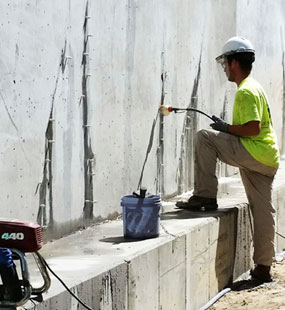
-
Prime Practices
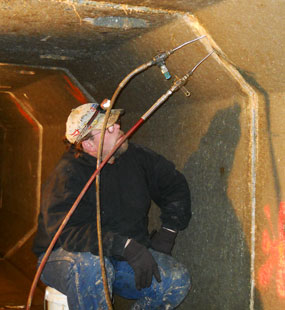
-
Videos

-
Estimating Tools & Info.

-
Why us?
The superior quality of products at a fair price, our consultative approach, and our unparalleled technical support set Prime Resins apart. Learn more about the Prime difference.
Read More
-
Product Types & Typical Uses
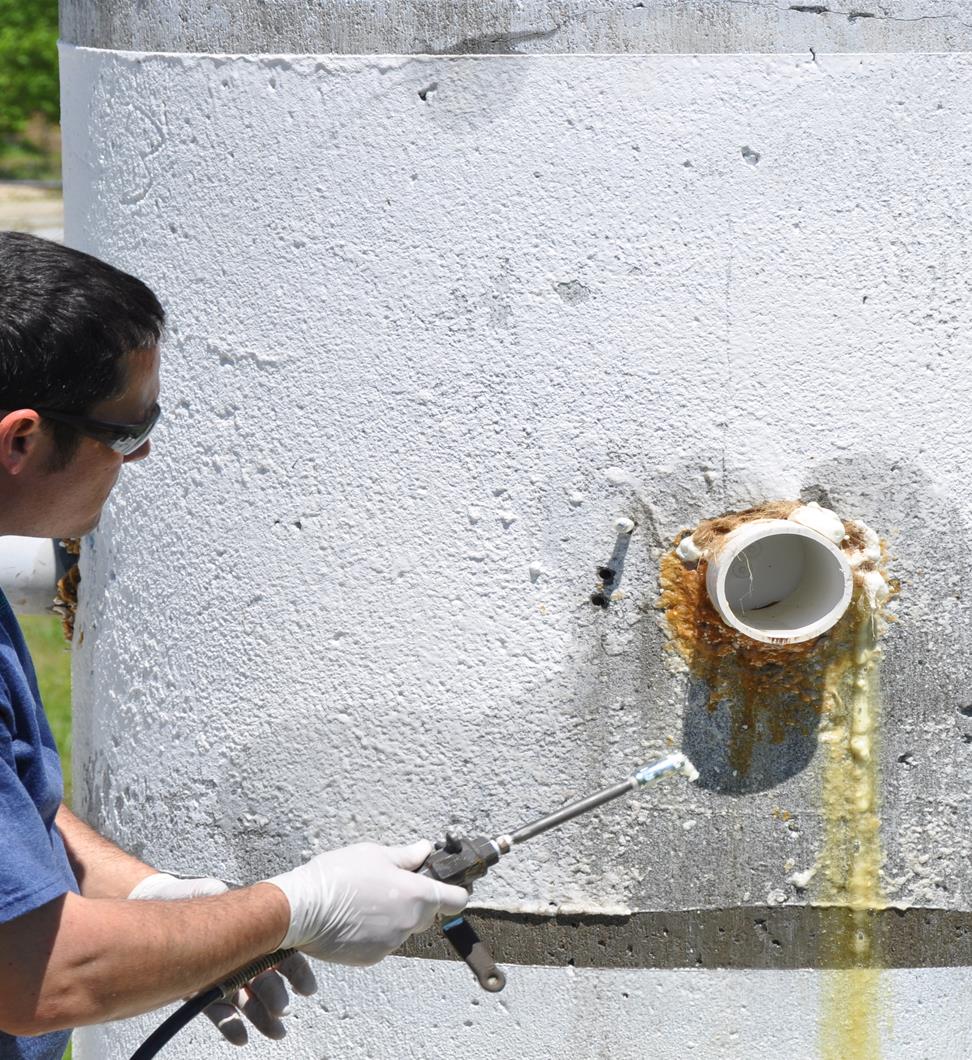
-
Looking for a contractor?
-
Certifications
-
Case Studies
- Contact
Case Studies- Soil Stab & Void Fill Pages
Polyurethane resin injection to stabilize sinking highway
Contractor: Atlanta Boring and Tunneling
Subcontractor: Barton Southern
Client: Georgia Department of Transportation
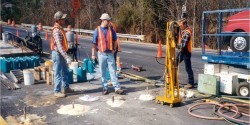
PROBLEM: A pipe contractor was attempting to bore under a five-lane highway carrying commuters to and from the eastern suburbs of Atlanta in winter 2000. The bore was to be about 12’ below the surface of Highway 78 and nearly 200’ in length.
At first the 36” boring auger made effortless progress through the wet, sandy, clay-like substrate that was full of partially decomposed biodegradable materials. The contractor’s hopes of completing the boring ahead of schedule were dashed when the auger struck a large vein of Georgia blue granite.
The initial portion of the bore was enlarged to 48” to accommodate hand digging, transforming the job into a tunneling operation. Explosives were used to break the rock into small pieces that could be removed by hand. Due to the small diameter of the bore and the density of the granite, progress under the highway was slow. After completing about half of the distance, it was clear that the asphalt above the tunneling operation was sinking dramatically, creating a dangerous dip that affected two westbound lanes of the highway. Tunneling was halted immediately and officials with the Georgia department of transportation were called in to assess the situation.
SOLUTION: After the initial inspection, Barton Southern (then a sister company of Prime Resins), a contractor experienced with soil stabilization using chemical grout injection was called in to advise. They drilled several holes through the 12” thick asphalt and found that the substrate had settled about 8” beneath the asphalt directly over the centerline of the tunneling operation. The settlement was likely due to existing voids created by decaying biodegradable materials in the soft, sandy substrate that then collapsed during the blasting.
To stabilize this situation, 1” holes were drilled in a grid, five feet on center, beginning over the centerline of the tunnel and offset to either side. Prime Flex 920, a hydrophobic, water-activated polyurethane grout, was injected through 3⁄4” black iron pipes driven to an elevation just over the top of the tunnel casing. The Prime Flex 920 easily penetrated the void areas and poor soil. Water in the substrate activated the grout causing it to expand and form a rigid foam that filled the voids and consolidated the loose soil to hardness similar to that of sandstone.
The grout was placed in lifts (vertical intervals) from the top of the tunnel casing up to the top of the substrate. As each of the 1” holes were grouted, the gap between the substrate and the asphalt decreased as the voids were filled and consolidated. The expansion of the grout into a rigid foam rebuilt solid mass back into the substrate.
The process took just five days and the highway remained open the entire time. After the soil stabilization process, a paving contractor milled and inlayed the remaining dip in the pavement. The work passed D.O.T. inspection and the tunneling project was completed shortly thereafter.
BENEFIT: Soil stabilization by chemical grout injection saved the pipe contractor time, money and public scrutiny. An open ditch restoration––the alternative solution––would have taken considerably more time and money to complete and the necessary road closure would have created major inconveniences for commuters, aggravating already heavy traffic congestion.




